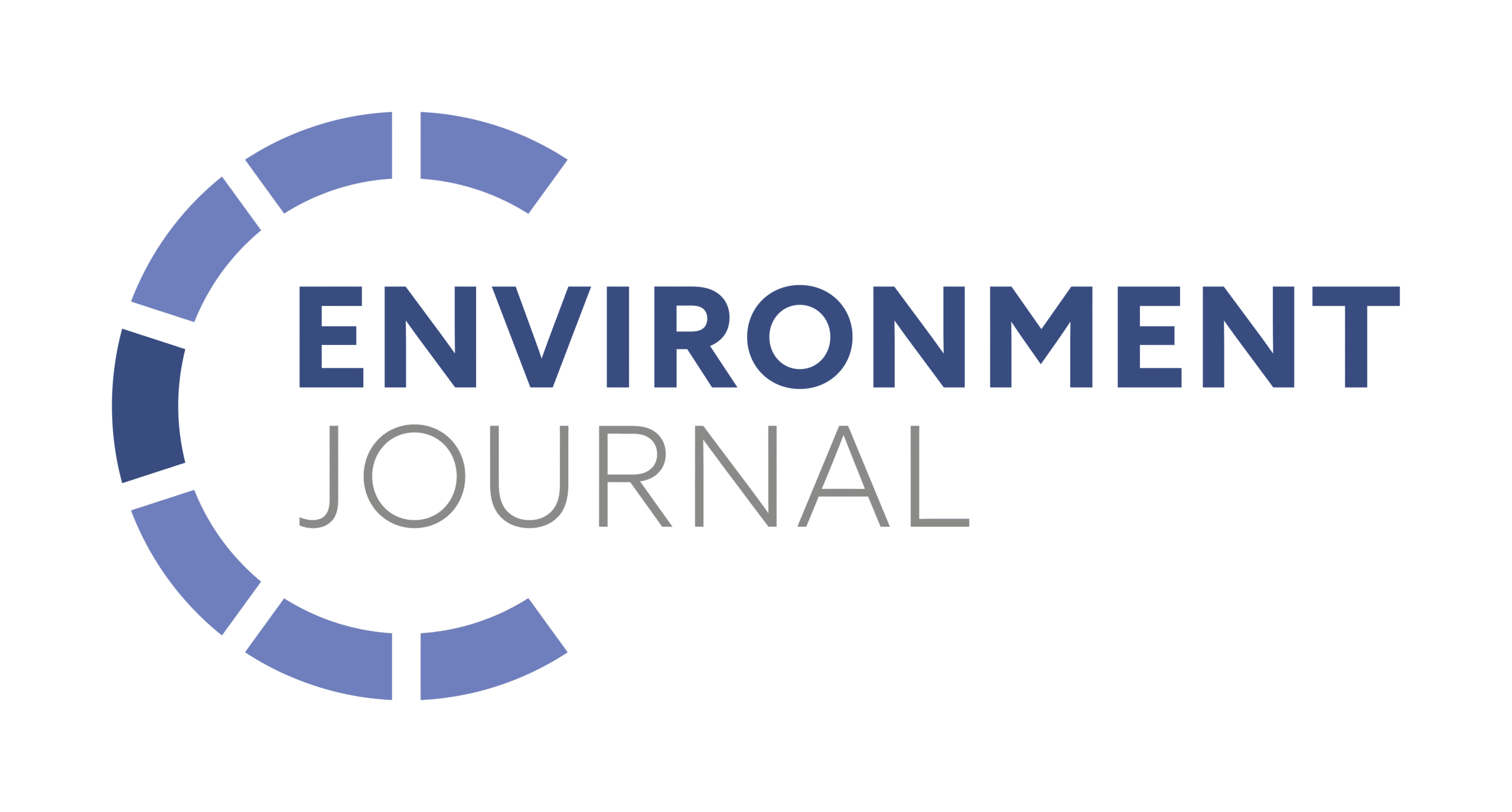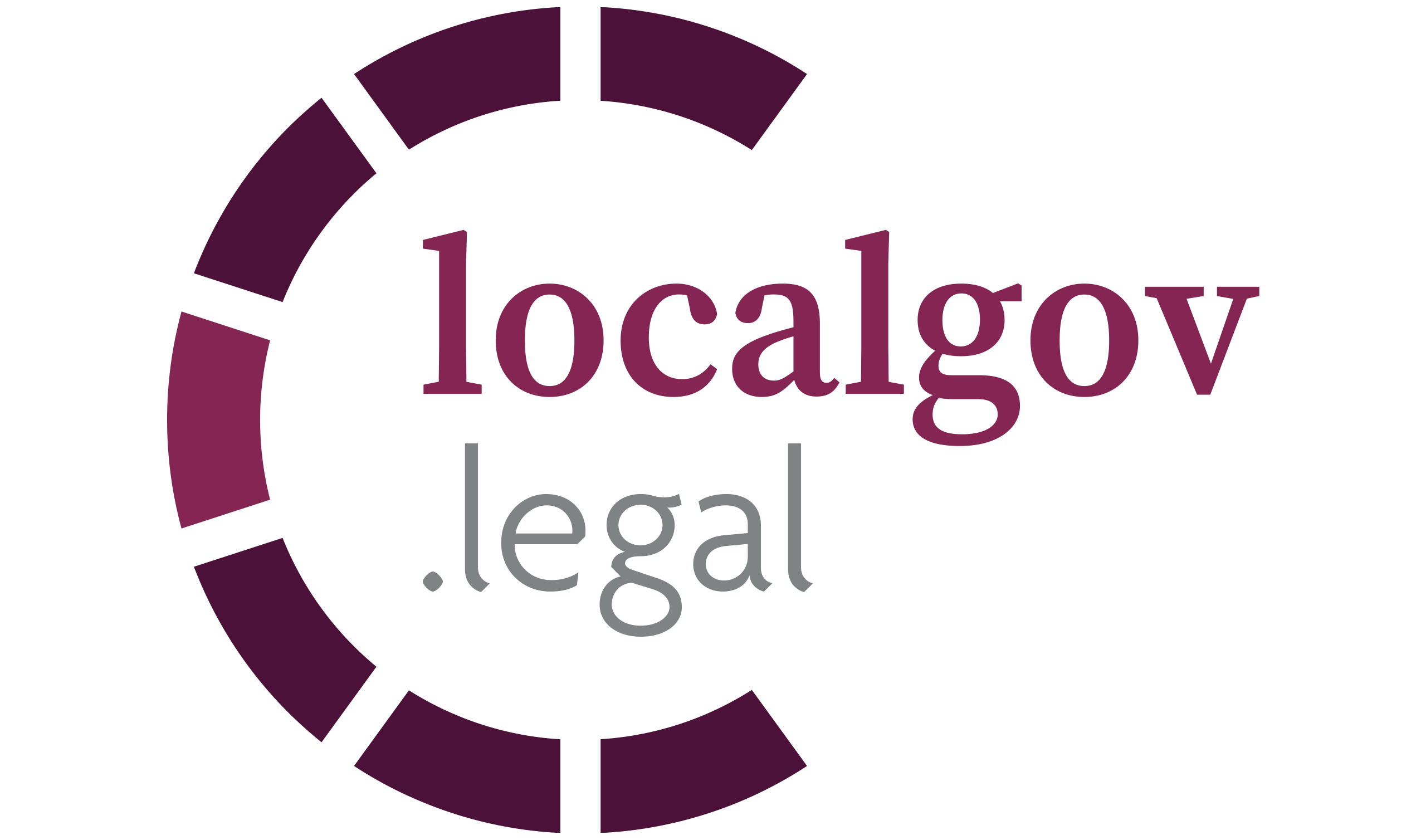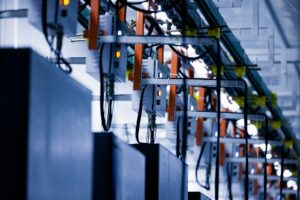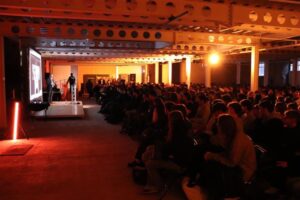New paper published in Bird Study shows that ‘mixed habitat solar farms … had more individual birds and bird species’ than ‘nearby arable land’
A new study published in the journal Bird Study demonstrates that solar farms can boost the number of birds and increase the variety of wildlife.
Photo by Erik Karits / UnsplashThe research was led by scientists from the University of Cambridge’s Centre for Landscape Regeneration and from the RSPB. They visited six solar farms in East Anglia and counted the numbers of birds seen there and at nearby arable land up to 1.6 km away from them.
They also noted differences in the management of these six solar farms, drawing a key distinction between two types. ‘Simple habitat farms’ are those where the grass around the panels has been cut or grazed, and there are no woody boundary features. By contrast, ‘Mixed habitat farms’ feature infrequent cutting or grazing which allows greater sward height and the presence of wildflowers. Hedgerows and trees along the boundaries also add to the rich, complex habitat – which had a significant impact on the results of the count.
The team applied the same methodology for counting birds as used in the well-established BTO/JNCC/RSPB Breeding Bird Survey, recording the number of individuals of each bird species detected – by sight or sound – within a range of 100m of a 200m transect. The counts were undertaken early in the morning, when there is most bird activity.
In total, they recorded 830 individual birds from 44 distinct species. There were noticeably more birds in mixed habitat solar farms: an average of 35.1 birds counted per 4 hectares there, compared to 17 for the same area of simple habitat solar and just 11.9 for nearby arable land.
The mixed habitat farms also had a much greater diversity of bird species. On average, the team counted 34 different species at these farms compared to just 5.5 different species at nearby arable land and 4.5 for simple habitat solar.
- Read the paper, ‘Solar farm management influences breeding bird responses in an arable-dominated landscape’ in Bird Study
The conclusion is that solar farms managed with nature in mind have nearly three times as many birds on them than nearby arable farmland and are more biodiverse. That’s important because a frequent objection to solar farms is that they are somehow bad for nature. The new evidence suggests that this simply isn’t true.
Of course, it’s important that new solar farms aren’t sited in areas of ecological risk, nature-protected areas or places that are important for rare or declining species. But overall this research suggests that new solar farms, managed effectively, can improve local biodiversity – as well as helping to achieve broader targets on green energy.
The RSPB has already published research showing that solar farms do not pose a threat to national food security or food production, especially when built on low or moderate grade agricultural land (as per UK planning policy).
Dr Joshua Copping, Conservation Scientist at the RSPB and lead author of the new study, says: ‘With lots of demands on UK land, finding ways and space to reverse the long-term declines in a range of farmland birds is challenging. Species such as Corn Bunting, Linnet and Yellowhammer have seen their populations dwindle and finding ways to help them is critical for their long- term survival. The results of this study suggest that solar farms managed well for nature could make an important contribution and could provide relief from the effects of agricultural intensification on these species and other wildlife in the surrounding landscape.’
Dr Catherine Waite, Researcher at the University of Cambridge and co-author of the study, adds: ‘With the combined climate and biodiversity crises, using land efficiently is crucial. Our study shows that if you manage solar energy production in a certain way, not only are you proving clean energy but benefitting biodiversity.’
Beccy Speight, Chief Executive of the RSPB, says: ‘Delivering a future that safeguards nature, tackles climate change, ensures food security and resilient farm businesses, and enables sustainable development is the only sensible path. This research shows that it is possible to balance competing needs.
‘We need a strategic and spatial approach to planning for renewable energy to ensure that solar farms are built in areas of low risk for nature and where we can deliver on our nature recovery targets alongside our net zero targets. The Government’s current land use framework consultation is an important step forward in realising this kind of approach.’
In related news:
Cardiff company forges ahead with semiconductor programme in space

















Leave a Reply